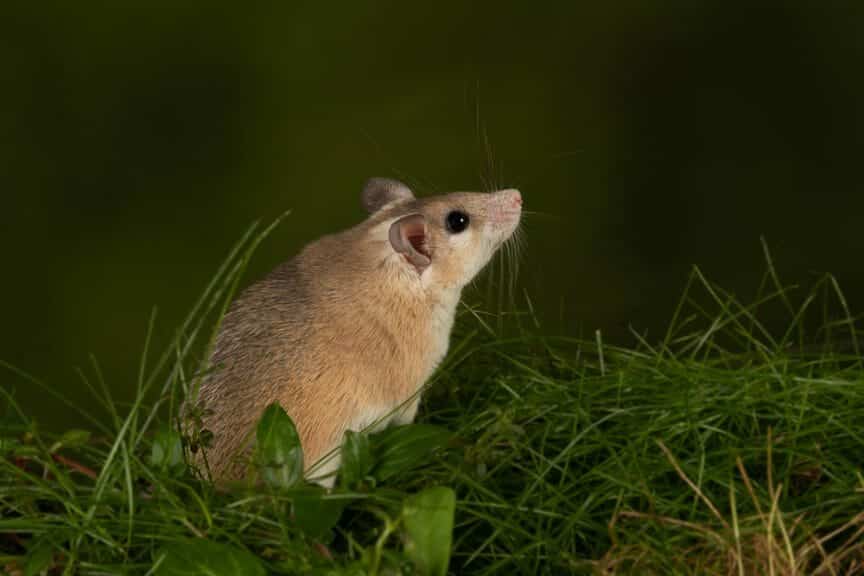A study published in the journal iScience has revealed that African spiny mice possess spiny structures beneath the skin of their tails, similar to the bony or scaly armor found in armadillos.
Previously, armadillos were considered the only living mammals with such protective shells. African spiny mice are small to medium-sized rodents found in various parts of Africa and the Middle East.
The discovery was made during routine CT scanning of museum specimens for the openVertebrate program. The tails of the spiny mice appeared abnormally dark during the scans, which led to further investigation. Analysis of the X-rays showed the presence of osteoderms, bony deposits that form scales or plates on the skin. This feature was familiar to co-author Edward Stanley, who had studied osteoderm development in lizards during his PhD.
While spiny mice have been observed to possess osteoderms since the mid-1970s, this recent study sheds light on their presence beneath the skin of their tails. Unlike the scales of pangolins or the quills of hedgehogs and porcupines, which are composed of keratin, the osteoderms in spiny mice are bony in nature. Interestingly, spiny mice have the ability to regenerate injured tissue without scarring, a trait common among reptiles and invertebrates but previously unknown in mammals. They exhibit faster healing compared to other rodents.
The research team further examined museum specimens from different genera of spiny mice and found that osteoderms were present in all of them. Comparisons with the closest relatives of spiny mice, gerbils, which do not possess osteoderms, suggest that this trait likely evolved only once in the ancestor of spiny mice. Researchers are now studying the genetic pathways responsible for the spiny mice’s regenerative abilities, with the aim of finding potential models for human tissue regeneration.
This study challenges the previous understanding that armadillos were the sole mammals with such spiny structures. The independent evolution of osteoderms in both armadillos and spiny mice indicates the fascinating convergence of evolutionary adaptations for protection and tissue regeneration in different lineages.














